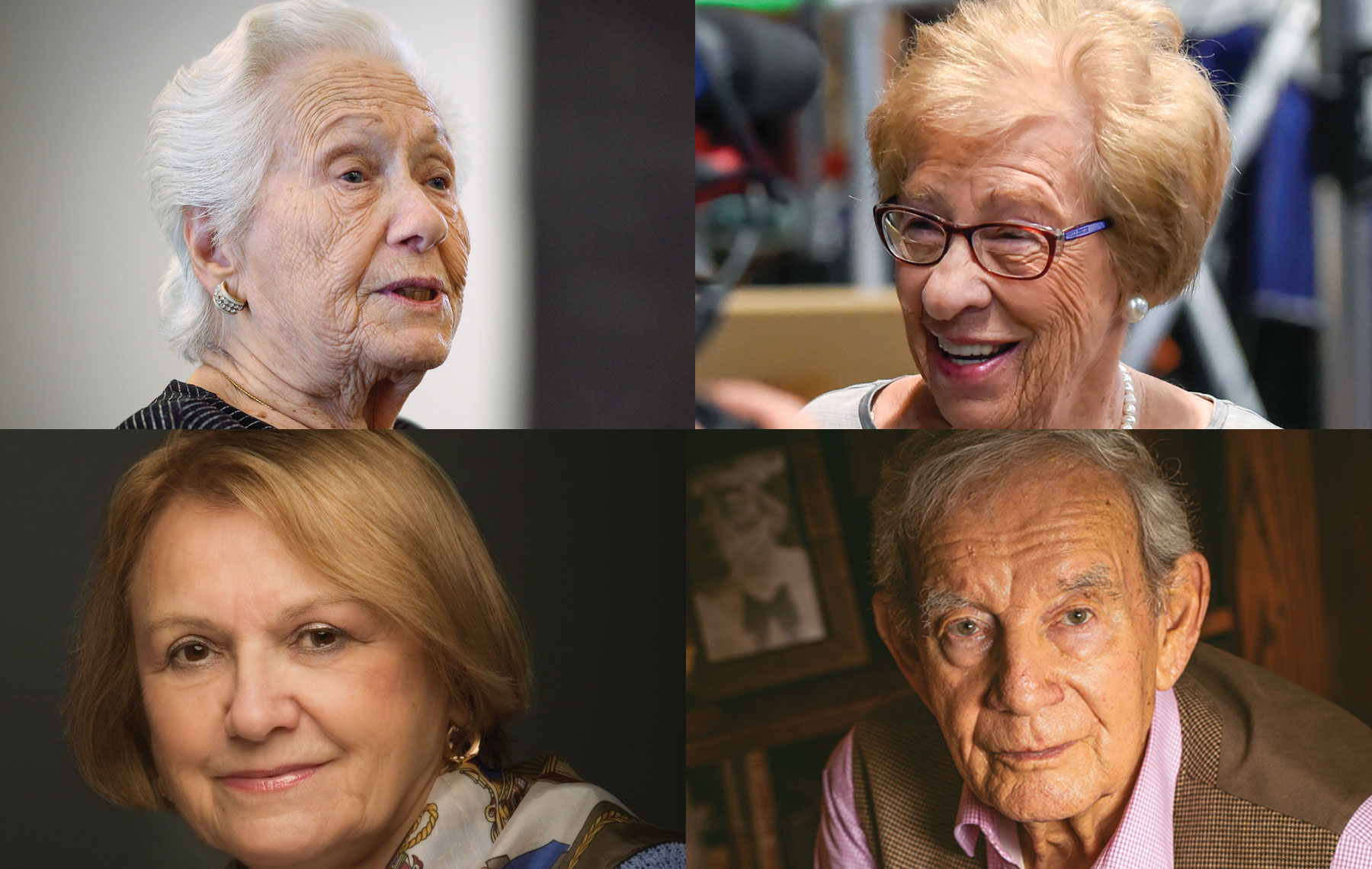
On Jan. 27, 1945, Renée Firestone, Jack Lewin, Eva Schloss and Paula Lebovics woke up to a world after Auschwitz. Not that they knew what that meant that day. When they saw Soviet soldiers emerging through the snow, they knew only that their freedom from Nazi tyranny had been won. But there was no happy ending to the Holocaust. On that freezing day they had no families, no homes, no country, no past and no future. They got back their names that day, but they were starving, diseased, lonely and confused, with no resources except those given or found. It was Day One of their long haul back to humanity.
Looking back 75 years after the liberation of Auschwitz, we know what happened next; how that small remnant of young people hanging onto life contributed to our world. The gritted determination required to restart life under such circumstances was remarkable, even if they had no choice but to put one foot in front of the other. Primarily, they were teenagers who had no time to grieve. Instead, they picked through the rubble of war-torn Europe in search of missing family and friends.
Filmmaker Jon Kean brought this into sharp focus recently with his extraordinary 2018 documentary “After Auschwitz.” Kean followed the journeys of six survivors after their liberation, including Los Angeles resident Firestone, as they navigated deep loss and a near-impossible course of bureaucracy to get back their identities and choose where to go next.
Some survivors went back to their homes and stayed there. The vast majority navigated the red tape to leave Eastern Europe for Israel, the United States, South America and as far as Australia, which to this day has the largest per capita Holocaust survivor community in the world. Often beginning their new life with nothing on arrival, it was another form of survival as they pushed through on hard work and minimal goodwill. Occasionally, survivors in various cities formed groups that they could belong to, such as the 1939 Society founded in Los Angeles. Community was everything, because only those who had lived it understood it.
Through many silent years nothing much was heard from this Diaspora of more than 500,000 survivors, apart from an occasional book published, but usually read by very few. Some married, had families, built their homes, their businesses and became adjusted members of society. But the ghettos and the camps and the hiding places and death marches never left them. As the world moved on and focused on the Cold War, the terror of the Nazi era continued in survivors’ nightmares and haunted them throughout the day. Reminders were everywhere of what they had endured. These unrecognized years of silent pain had to be swept under the rug as they earned their money and their place in society.
I have often heard people say that “survivors were silent after the Holocaust.” In fact, that was far from the truth. In the 1940s, Holocaust survivors tried to tell their stories.Some managed to publish books and write articles. Others, such as Edith Birkin, were turned down. One publisher told her in 1948 that she was a good writer, but she should choose another topic because people were no longer interested in the war. The victims of the camps had promised one another that if they survived they would “tell the world.” It is easy to say as much after the fact, but I have found references from non-Jews who survived Auschwitz who corroborate this. Ella Lingens-Reiner’s book “Prisoners of Fear” was published in 1947. She states that Jews believe they “had to survive in order to tell the world … a struggle for survival of the Jewish people.” She had no reason to share this unless it was true.
As time unfolded, there were moments when what happened during the Holocaust were revealed through the eyewitness survivors. Adolf Eichmann’s trial in Jerusalem in 1961 thrust the voice of the survivors who testified onto the world stage, including survivors Michael Podchlebnik and Simon Srebnik, who later appeared in Claude Lanzmann’s nine-hour documentary “Shoah.” People became accustomed to seeing survivors as the lead narrative voice in telling the history of the Holocaust. In 1978, the announcement by President Jimmy Carter of plans to develop a museum in Washington, D.C., formalized the recognition that the Holocaust had meaning in American society, and with it, the embodiment of survivors such as Elie Wiesel and Shaike Weinberg, who helped found the museum. The Holocaust had been depicted on the silver screen many times but in 1993, “Schindler’s List,” through its powerful storytelling and worldwide box-office success, gave the public access to the historical realities of the Holocaust. This in turn made society more prepared to hear. The outpouring of testimony that followed is a legacy for the ages.
As the 75th commemoration approached, I turned to the testimonies Firestone, Lewin, Lebovics and Schloss gave about their time in Auschwitz, among the 12,797 testimonies in the USC Shoah Foundation that talk about Auschwitz. Their words reminded me that, for all the dehumanization they experienced, they were profoundly human that day. Vulnerable, but with the spark of life they would go on as beacons for the world. In times of darkness and trouble, we can turn to their example and always live to the best of our humanity, never to the lowest common denominator.
Twenty-five years ago, I was at Auschwitz-Birkenau for the 50th anniversary of the liberation. Holocaust survivors, then in their 70s, gathered with world leaders to pay their respects. The world was reeling after war in Bosnia and genocide in Rwanda. If one lesson of the Holocaust was to prevent future atrocities, it seemed that was still to be learned.
The dwindling minority of that original remnant are now in their 90s. They are the exceptions among the exceptions. Rose Schindler of San Diego recently had an emergency procedure and was contemplating whether to travel to Poland this week. It seemed obvious to me that, to preserve her health, a nonagenarian who has paid tribute to her family many times need not make that traumatic return again. “But I have a duty and an obligation,” she said. “If not me, who can stand there and say the Nazis are gone but we are still here?” She, like all the other survivors who will be there, doesn’t need to remember; they have remembered every day for the past 75 years. They go, perhaps one last time, for us. After Auschwitz, they are our reminder: When we stand together, anti-Semitism can be defeated. Hate can be overcome.
The ghettos and the camps and the hiding places and death marches never left them.
Eva Schloss: One morning we woke up and there were no Germans. I saw a huge figure standing, all covered in snow and fur. I thought it was a bear, and then I went a bit closer and I saw the first Russian soldier who had entered the camp.
After having gone through this nightmare, I think I can cope with life.
Jack Lewin: Around 2 or 2:30 in the afternoon, we saw the first Russians. And it was the most beautiful sight in the world. I remember running down the stairs thinking, you better get ahold of yourself because you’re going to go crazy. Six years and all of a sudden you’re free.
I picked this date for my interview, Jan. 27, 1995, because today is my 50th anniversary of my liberation from Auschwitz.
Reneée Firestone: I went on this death march [from Auschwitz] about 60 kilometers, where we were again put into cattle cars. I arrived to Liebau camp, and we were assigned to work at a Krupp factory. A Russian officer rode in. This officer jumped off the horse, came over and started to cry, and hugged and kissed us … and he told us that we can now leave.
And there we were on our own, realizing that now we have to reenter that world that didn’t want us.
Paula Lebovics: On the 27th of January, the Russians came in and they liberated us. A lot of people have bad memories from that but I have good ones … about a soldier picking me up and rocking me in his arms and the tears were just flowing down his face. Just to look at him and figuring in my head, “There is somebody out there who cares about me!”
Stephen D. Smith is Finci-Viterbi executive director of the USC Shoah Foundation.
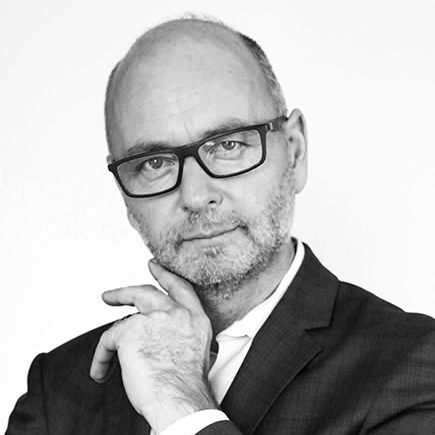






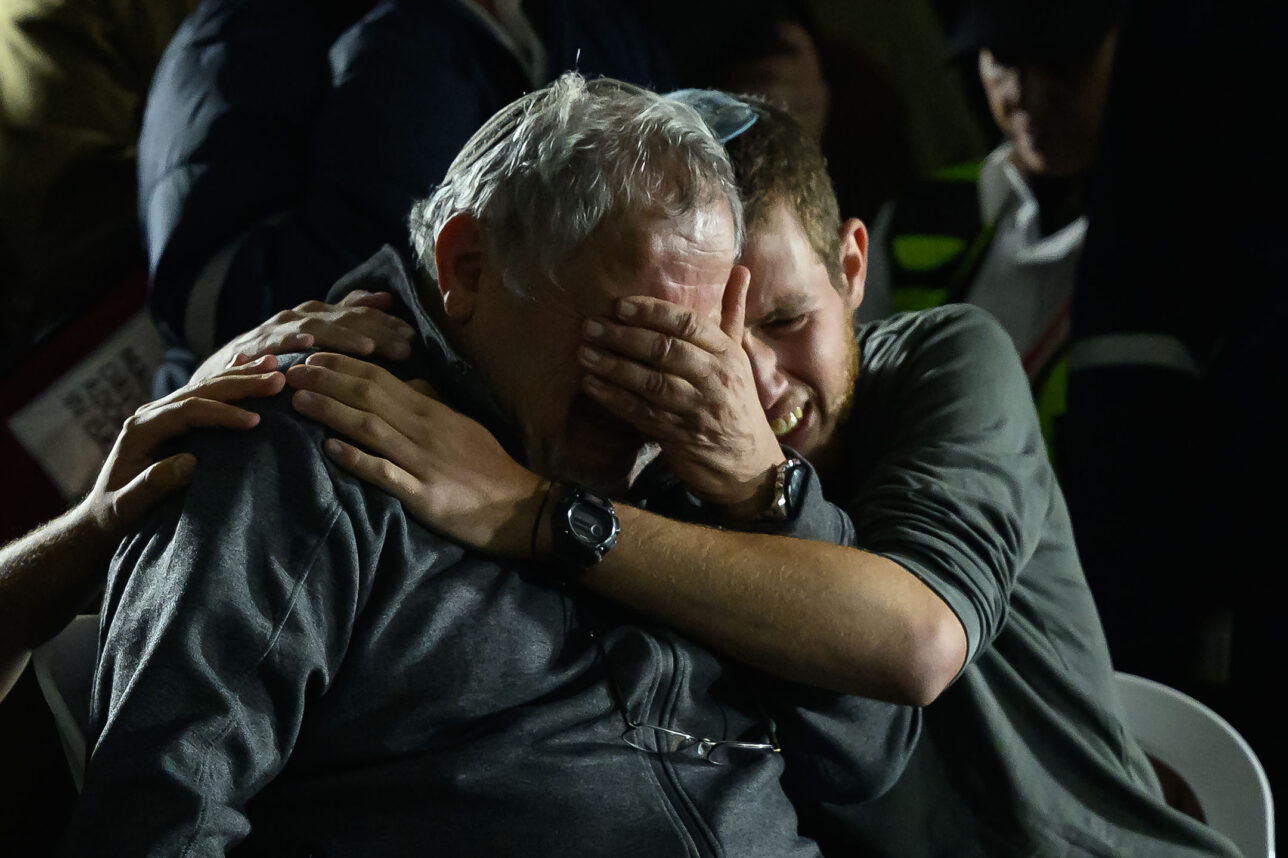
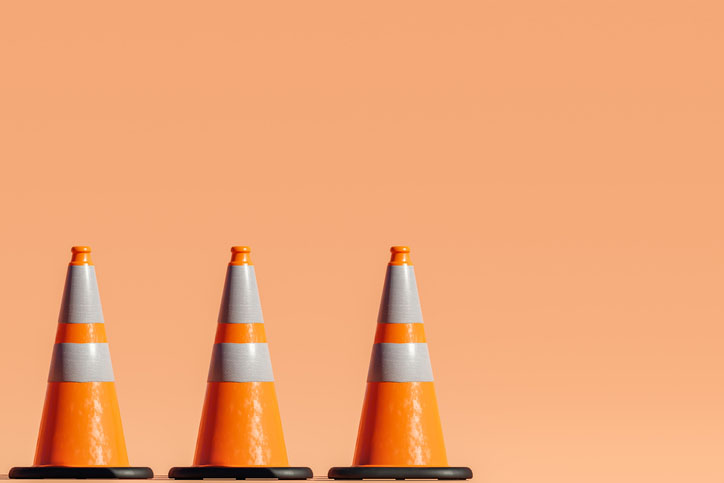



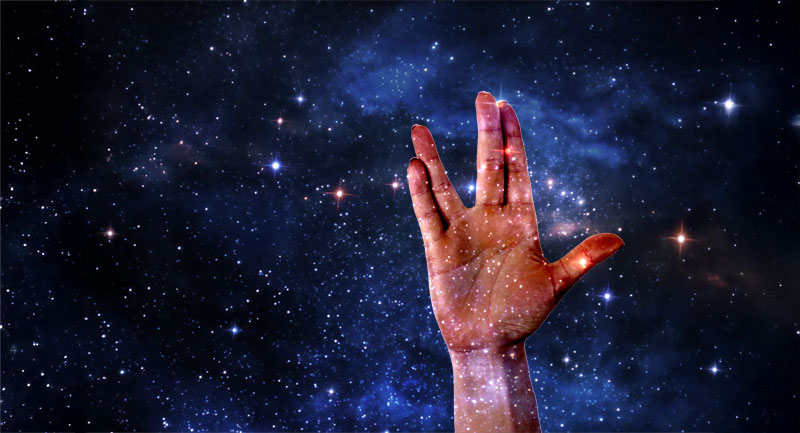
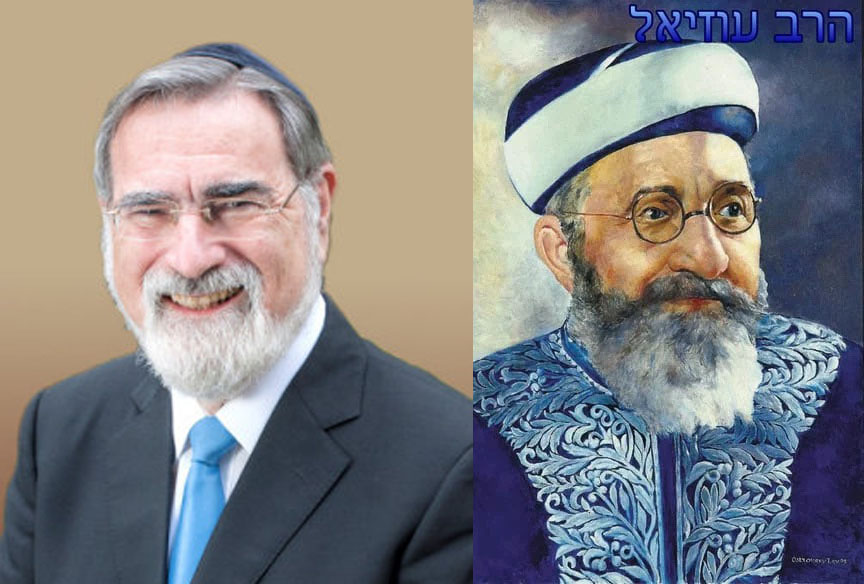
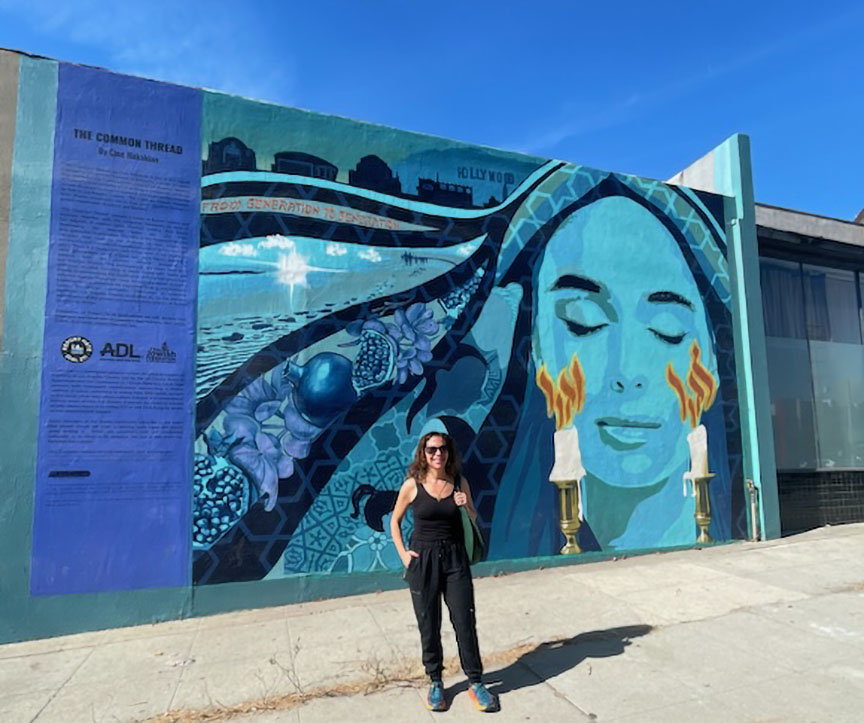
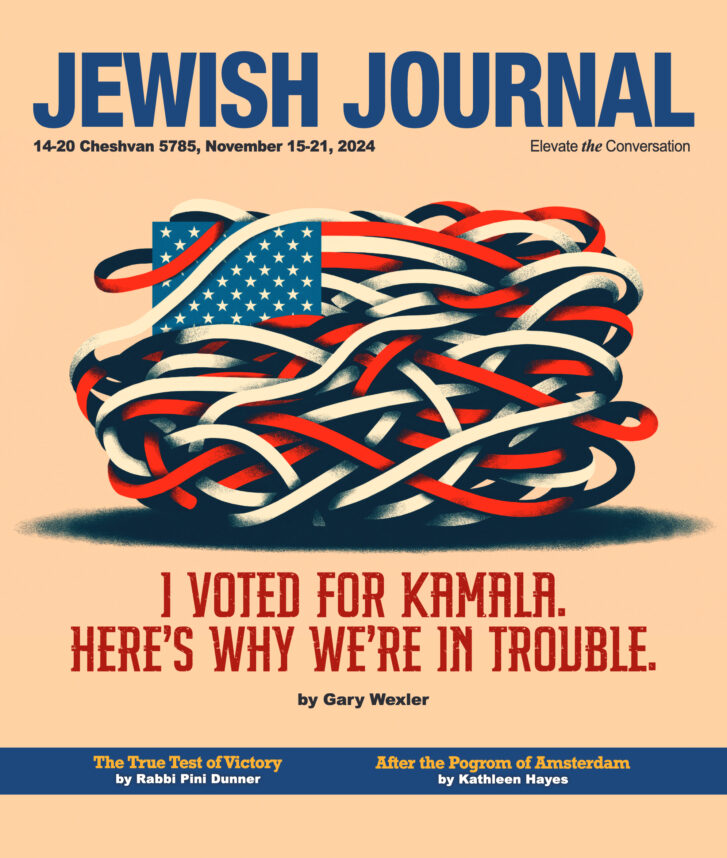
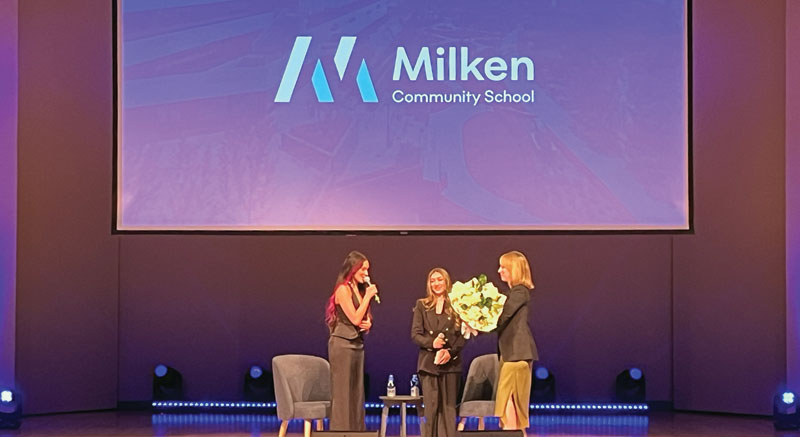





 More news and opinions than at a Shabbat dinner, right in your inbox.
More news and opinions than at a Shabbat dinner, right in your inbox.